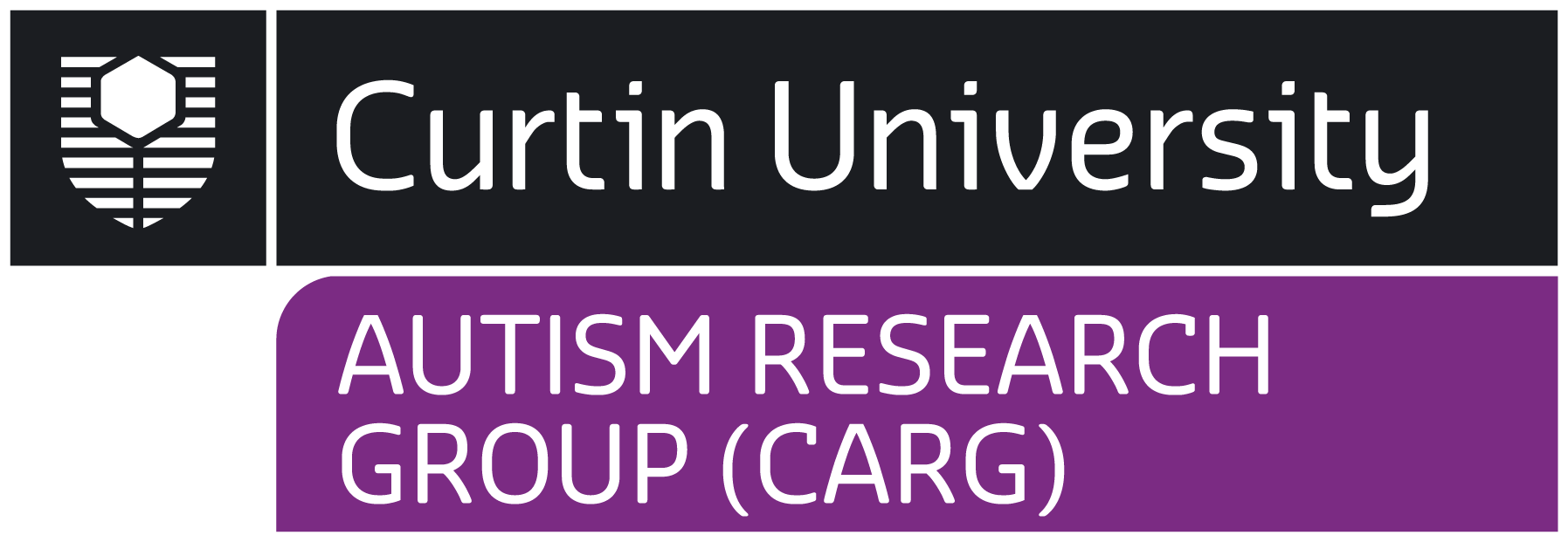How adults on the Autism Spectrum recognise emotions
Being able to tell what other people are feeling based on non-verbal signals (such as facial expression) is an important aspect of social communication. Many adults on the Autism Spectrum can have difficulty recognising how other people are feeling, which can make interactions with others difficult.
The role of the brain in recognising emotions
Difficulties that adults on the Autism Spectrum have in recognising how others are feeling may be due to differences in the way the brain functions and processes information. In our lab, we can use eye tracking (to measure vision) and EEG (to measure brain activity) to understand how people recognise emotions. Understanding how people recognise emotions can lead to improved interventions.
As part of our investigations, we are also seeking to understand how intervention can help adults on the Autism Spectrum to recognise emotion and how intervention can harness the brain’s plasticity (ability to adapt and learn).
How computer games can help
Computer games can be a helpful way for adults on the Autism Spectrum to understand emotions. It offers a safe and secure environment to learn social skills which may be inherently difficult for people on the Autism Spectrum. Learning content within computer based platforms are presented in a visual manner, supporting the learning styles of people on the Autism Spectrum and enabling them to be autonomous in their learning.
In addition to computer games, our research aims to explore the potential of adding an online mentoring program to further assist adults on the Autism Spectrum in transferring their learnt skills to everyday environments. We hope that the program will provide adults on the Autism Spectrum with a toolbox of practical strategies to understand and respond to emotions in their everyday situations.
